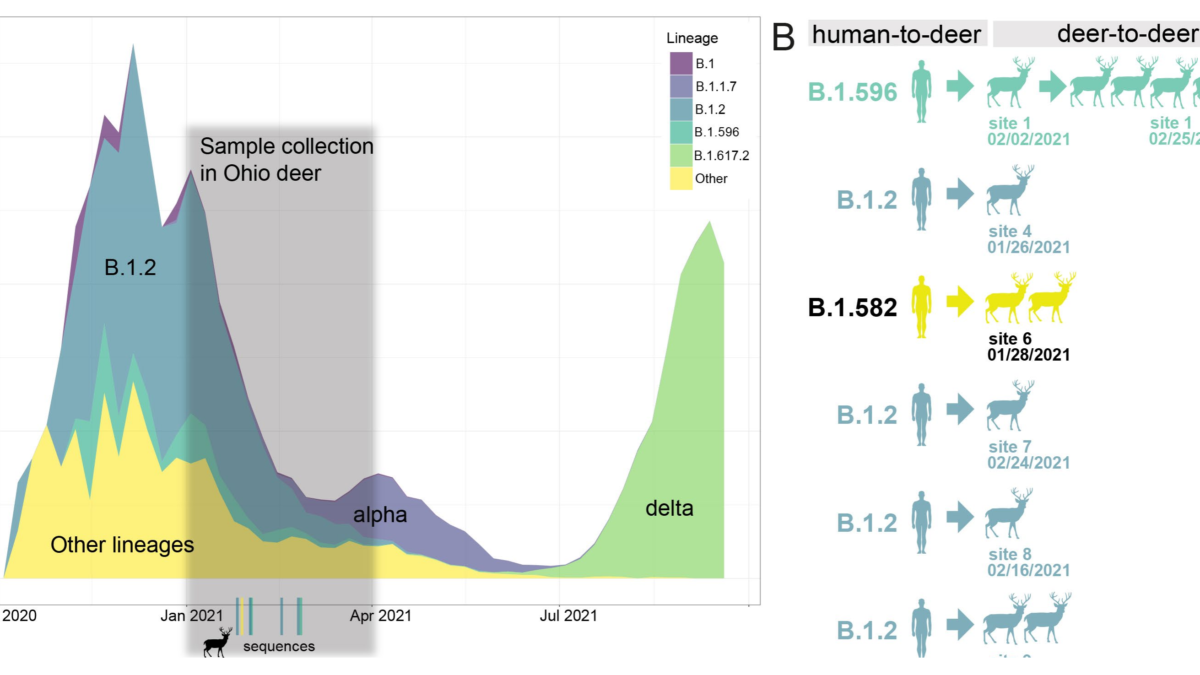New study bolsters evidence that severe obesity is increasing in young kids in the U.S. – “We are thinking it’s going to get worse”

By Mike Stobbe
17 December 2023
NEW YORK (AP) – A new study adds to evidence that severe obesity is becoming more common in young U.S. children.
There was some hope that children in a government food program might be bucking a trend in obesity rates — earlier research found rates were dropping a little about a decade ago for those kids. But an update released Monday in the journal Pediatrics shows the rate bounced back up a bit by 2020.
The increase echoes other national data, which suggests around 2.5% of all preschool-aged children were severely obese during the same period.
“We were doing well and now we see this upward trend,” said one of the study’s authors, Heidi Blanck of the U.S. Centers for Disease Control and Prevention. “We are dismayed at seeing these findings.”
The study looked at children ages 2 to 4 enrolled in the Women, Infants and Children program, which provides healthy foods and other services to preschool-aged children in low-income families. The children were weighed and measured.
The researchers found that 2.1% of kids in the program were severely obese in 2010. Six years later, the rate had dipped to 1.8%. But by 2020, it was 2%. That translates to about 33,000 of more than 1.6 million kids in the WIC program.
Significant increases were seen in 20 states with the highest rate in California at 2.8%. There also were notable rises in some racial and ethnic groups. The highest rate, about 2.8%, was in Hispanic kids.
Experts say severe obesity at a very early age is nearly irreversible, and is strongly associated with chronic health problems and an early death.
It’s not clear why the increase occurred, Blanck said.
When WIC obesity rates dropped, some experts attributed it to 2009 policy changes that eliminated juice from infant food packages, provided less saturated fat, and tried to make it easier to buy fruits and vegetables.
The package hasn’t changed. But “the daily hardships that families living in poverty are facing may be harder today than they were 10 years ago, and the slight increases in the WIC package just weren’t enough,” said Dr. Sarah Armstrong, a Duke University childhood obesity researcher. […]
What’s happened since 2020 is not yet known. Some small studies have suggested a marked increase in childhood obesity — especially during the pandemic, when kids were kept home from schools, eating and bedtime routines were disrupted and physical activity decreased.
“We are thinking it’s going to get worse,” Hoelscher said. [more]
A new study bolsters evidence that severe obesity is increasing in young kids in the US
Trends in Severe Obesity Among Children Aged 2 to 4 Years in WIC: 2010 to 2020
ABSTRACT: The prevalence of severe obesity significantly decreased from 2.1% in 2010 to 1.8% in 2016 and then increased to 2.0% in 2020. From 2010 to 2016, the prevalence decreased significantly among all sociodemographic subgroups except for American Indian/Alaska Native (AI/AN) children. The largest decreases were among 4-year-olds, Asian/Pacific Islander and Hispanic children, and children from higher-income households. However, from 2016 to 2020, the prevalence increased significantly overall and among sociodemographic subgroups, except for AI/AN and non-Hispanic white children. The largest increases occurred in 4-year-olds and Hispanic children. Among 56 WIC agencies, the prevalence significantly declined in 17 agencies, and 1 agency (Mississippi) showed a significant increase from 2010 to 2016. In contrast, 21 agencies had significant increases, and only Alaska had a significant decrease from 2016 to 2020.
Trends in Severe Obesity Among Children Aged 2 to 4 Years in WIC: 2010 to 2020


